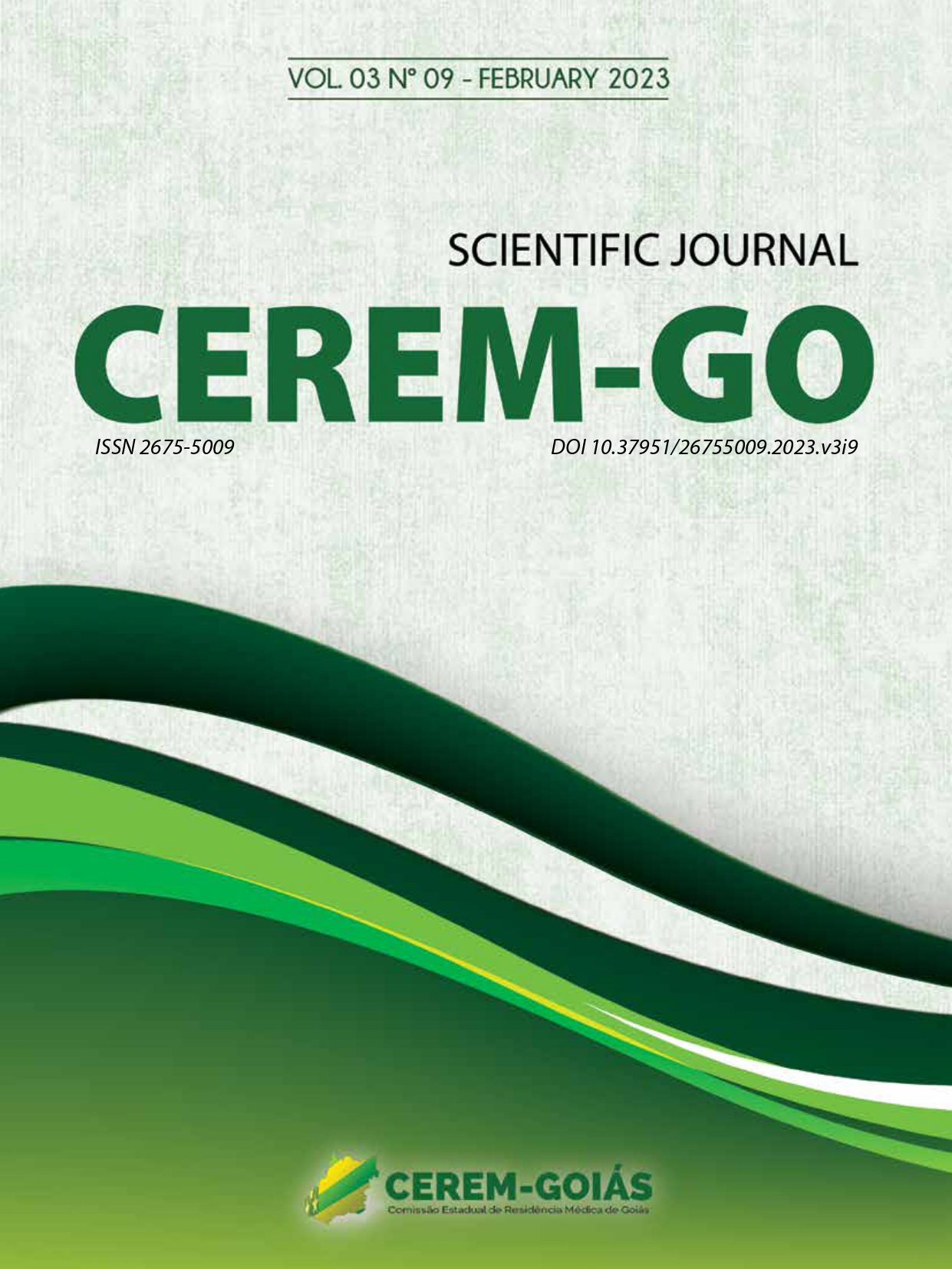LAPAROSCOPIC FINDINGS OF ENDOMETRIOSIS IN PATIENTS AT CLINIC FÉRTILE - HUMAN REPRODUCTION IN GOIÂNIA-GO
DOI:
https://doi.org/10.37951/2675-5009.2023v3i09.98Keywords:
ENDOMETRIOSIS, LAPAROSCOPIC FINDINGS, DIAGNOSIS, AMERICAN FERTILITY SOCIETYAbstract
Endometriosis is a pathological condition which endometrial cells develop outside the uterine cavity. The symptoms are varied (pelvic pain, dyspareunia, dysmenorrhea, among others) and the severity depends on the anatomical location affected. In addition, the pathology can stricken patients of any age, but it is most often found in women of reproductive age. In this regard, understanding the epidemiological profile of endometriosis can help in the development of health policies and in the knowledge of the risk of disease progression when untreated over time. In this work, 1400 reports of videolaparoscopies were analyzed, carried out in the period from 2015 to 2021, attended at the Fértile - Reprodução Humana (Goiânia-GO) clinic, laparoscopy exams performed in women aged 16 to 50 years were selected, who had endometriosis findings following the American Fertility Society staging. Subsequently, the data collected were systematized (according to age group, stage of endometriosis and the laparoscopic findings of endometriosis) and presented using graphical tools. From the analysis of selected and analyzed group (n = 206), the highest number (n = 18) was observed for women aged 34 years, representing 8.7%. Concerning the classification of the stage of the disease, stage IV was prevalent in the entire age group studied (< 35 years; 29.2%) and (35-50 years; 39.7%). Moreover, the most predominant laparoscopic finding of endometriosis was in the pouch of Douglas (n = 134; 65%). Thus, the identification of the epidemiological profile (age group/frequency, stage of endometriosis and laparoscope finding) will open the way for the determination of more efficient means for diagnosis and, consequently, effective treatment that does not present side effects.




